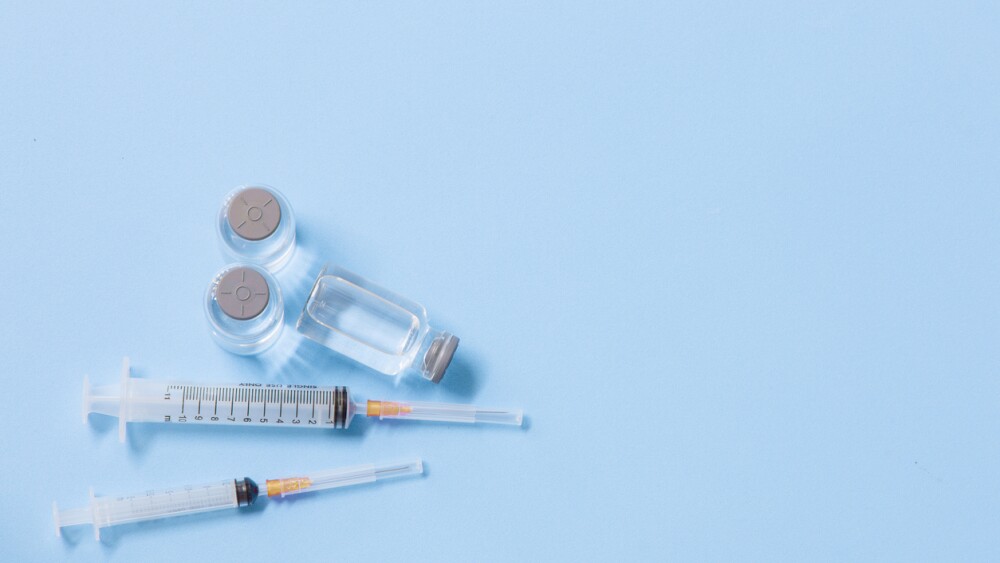Is NASH Really a $35 Billion Opportunity? And could it be the middle of the pack that wins the prize? For the last few years, investors have been talking up the huge potential of drugs to treat nonalcoholic steatohepatitis, also known as NASH.
Is NASH Really a $35 Billion Opportunity? And could it be the middle of the pack that wins the prize?
For the last few years, investors have been talking up the huge potential of drugs to treat nonalcoholic steatohepatitis, also known as NASH. An outgrowth of the obesity epidemic in western countries and elsewhere around the globe, NASH is a form of fatty liver disease. It causes scarring and inflammation and is estimated to affect over 16 million people in the U.S. alone.
Meanwhile, nonalcoholic fatty liver disease (NAFLD), a precursor condition marked by high fat content in the liver, may affect some 80 million people in the U.S. Neither NASH nor NAFLD have any current treatment, and can eventually advance to serious fibrosis, and then to full-blown cirrhosis or cancer. In fact, now that the public health impact of hepatitis C has started to recede, NASH is taking over as the leading cause of liver cancer and transplant. It’s the rare case of a disease that is both common and widespread yet has no pharmacologic options. No surprise that a lot of companies are going after it with a vengeance.
This month, Viking Therapeutics just raised its profile in the race, announcing positive phase 2 results for VK2809, a thyroid receptor agonist. Notably, VK2809 isn’t going after NASH but the broader category of NAFLD, and it just showed an impressive ability to lower liver fat content in this population—albeit in a small study. That pits it directly against Madrigal Pharmaceuticals, which is further ahead with its own thyroid receptor agonist for NAFLD, called MGL-3196. Viking’s drug appears superior at first glance, although differences in the clinical trials should limit any firm conclusions. Nonetheless, the company wasted no time raising $176 million in a secondary offering.
Neither Viking or Madrigal are likely to catch up to the leaders in the field, namely Intercept Pharmaceuticals and GENFIT. Both of these companies have drugs in phase 3. Intercept’s drug, Ocaliva (Obeticholic acid) is actually already approved to treat primary biliary cholangitis, and has produced some impressive phase 2 results in NASH—but also has some considerable safety issues. Genfit’s elafibranor, A PPAR agonist, is perhaps more controversial, as it advanced to phase 3 on a subgroup analysis from a failed phase 2 study. Nevertheless, these two companies are viewed as the likely winners of the NASH race.
The Great Middle
But what if it is the middle of the pack that comes out ahead? A number of large pharma companies are also involved in the NASH race. Allergan got in through the $1.7 billion acquisition of Tobira Therapeutics and its drug Cenicriviroc, a dual antagonist of C-C chemokine receptor types 2 and 5. Gilead Sciences got selonsertib, an inhibitor of apoptosis signal-regulating kinase 1, through the $1.2 billion acquisition of Nimbus Therapeutics. Both of these are in phase 3. Novo Nordisk has Semaglutide in phase 2. (Shire Pharmaceuticals had volixibat, but this program was quietly halted earlier this summer.)
These companies could actually turn out to be in the strongest position.
It’s a curious thing that with so many millions of people suffering from unaddressed NASH, getting patients enrolled in clinical trials has been oddly difficult. It has tripped up both Intercept and Genfit.
That’s not because NASH is a fantasy, but because it is widely unrecognized by patients and physicians alike, and because it is hard to diagnose even when it is suspected. As a “silent” killer, it can advance without symptoms for a long time, before finally causing jaundice, fatigue, or weight loss in later stages.
Therefore, even a drug that successfully halts or reverses fibrosis (scarring) and/or resolves NASH (inflammation and some other factors) could have a tough time finding market traction.
Any company hoping to tap the NASH market will be counting on the development of biomarkers and diagnostics, as well as an education campaign—something that could favor the deeper-pocketed pharma companies.
Investment banking firm Cowen has estimated that 30% of patients with the disease are at the F3 (pre-cirrhosis) stage, with another 20% and the less advanced F2 stage. But a study from the New England Journal of Medicine suggests the numbers are smaller—with just 25% of patients at F2 or beyond. Gilead has suggested that there may be around 400,000 patients in the U.S. with diagnosed F3 or F4 NASH—still a very significant market, and one where a well-prepared company could potentially hit the ground running.
That also happens to fit right into the sweet spot for Gilead and what (little) we know about selonsertib. Gilead and Intercept are both expecting phase 3 readouts in the first half of 2019. Even if selonsertib doesn’t look as strong as Ocaliva, Gilead could develop a market while it continues to advance combination products—notably around its own FXR programs, similar to Ocaliva. Intercept may have a winner on its hands, but somebody else may still eat their cake.





